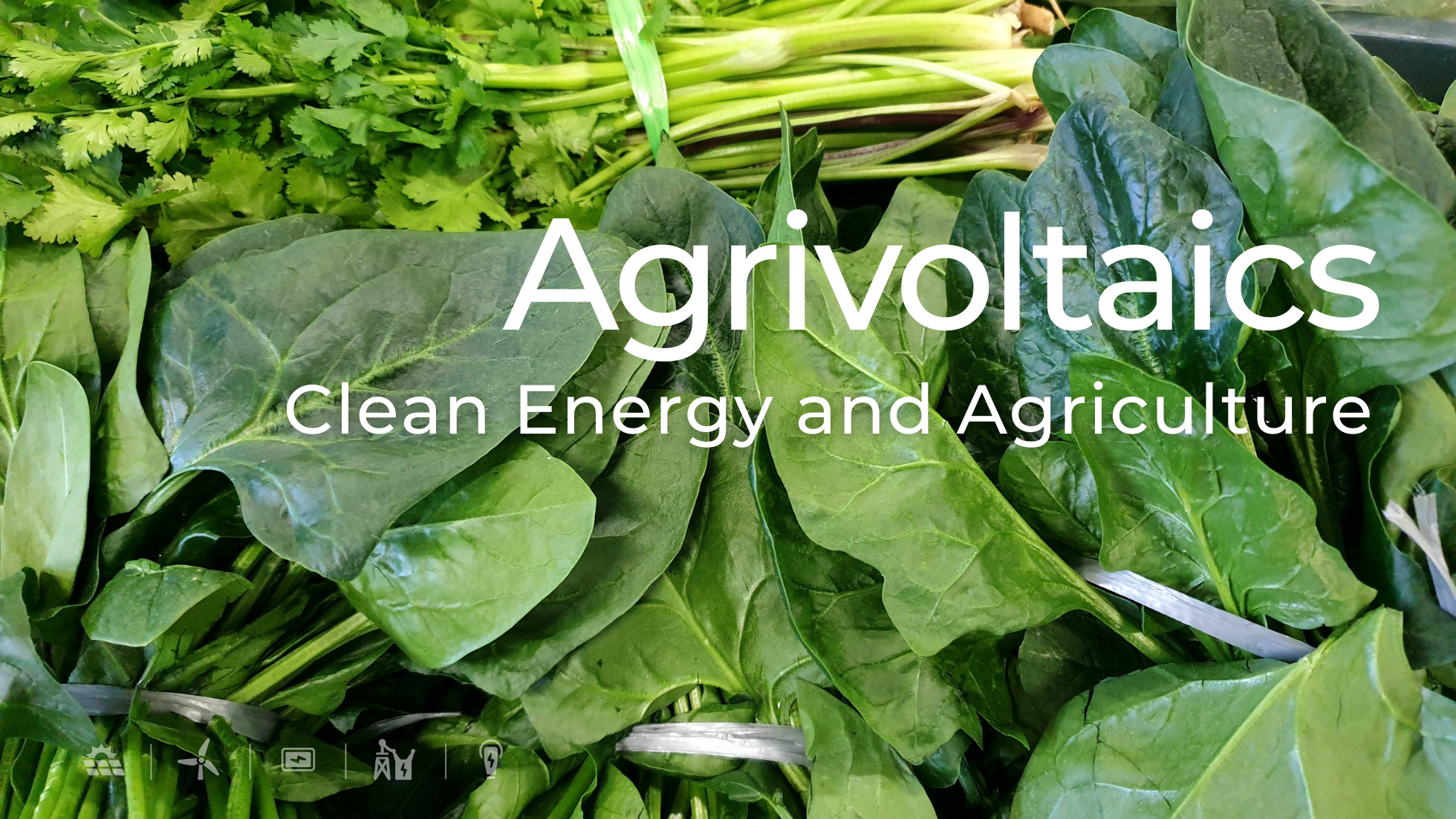Constructing Data Centers that Power Artificial Intelligence (AI) Learn More
Agrivoltaic Solutions: Powering California’s Future of Clean Energy and Agriculture

California is leading a new chapter in renewable energy development by accelerating solar-plus-agriculture initiatives. Agrivoltaic solutions—the integration of solar arrays with active farming operations—are proving that energy generation and agriculture can work in harmony, strengthening both food security and clean energy goals.
What is Agrivoltaics?
By installing solar panels above or among crops, farmers can continue to grow produce while simultaneously harvesting solar energy. This dual-use approach can enhance water retention in the soil, reduce heat stress on crops during peak sun hours, and decrease erosion. In some cases, crops even benefit from the partial shading created by the panels, improving yields under certain environmental conditions.
Benefits for Land, Water, and Communities
Agrivoltaics brings multiple environmental and economic benefits:
- Optimized Land Use: Farmers can maximize the productivity of their land by generating clean energy without sacrificing crop yields.
- Water Conservation: Shaded areas reduce evaporation, helping conserve vital water resources in drought-prone regions.
- Soil Health: Reduced soil erosion supports healthier farmland for long-term agricultural sustainability.
- Economic Resilience: Farmers diversify their income streams, while rural communities gain jobs in both the agriculture and renewable energy sectors.
Livestock grazing is another complementary practice. Solar farms often double as pastureland for sheep or goats, offering a natural method for vegetation management while promoting regenerative farming practices.
Agrivoltaics Momentum in California
California is rapidly advancing agrivoltaic projects, particularly solar-plus-storage systems that bolster grid reliability while supporting local agriculture. Recent initiatives demonstrate a growing commitment to aligning renewable energy goals with farmland preservation, particularly in areas where energy demand is high, but land use is sensitive.
Projects are being designed with flexibility to accommodate diverse farming activities, from vineyards to vegetable cultivation, ensuring that land remains productive while contributing to the state’s renewable energy targets.
Food and Energy Side by Side
Agrivoltaic systems offer a blueprint for a more sustainable and efficient future where clean energy production supports, rather than displaces, traditional land uses. As technology advances, the design of agrivoltaic projects will continue to evolve, optimizing panel height, spacing, and solar tracking systems to best serve agricultural needs.
California’s leadership in this space is setting a precedent for other regions, showcasing how innovation can solve the land-use challenges of large-scale renewable development without compromising the backbone of local economies: farming.
The future of energy and agriculture is not either-or. It’s both, working smarter together.